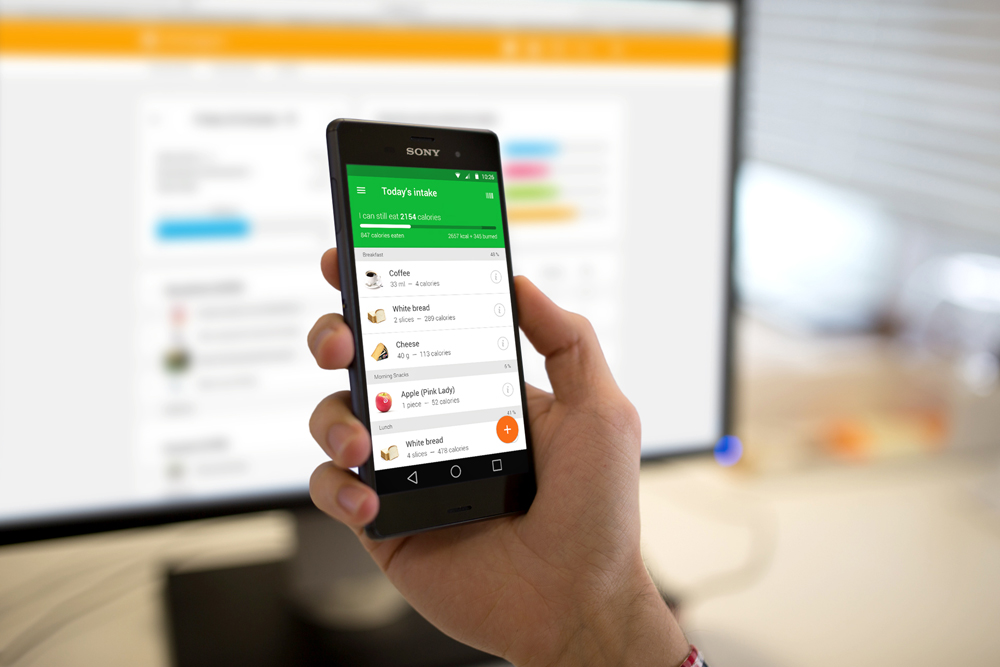Rarely do you see gym goers without their smartphones. Whether they’re using their devices to listen to their favourite gym playlists, track their workouts, send progress updates on social media, or take selfies of their newly defined bodies, smartphones and going to the gym are a part of their routine.
Research from analytics company comScore reveals that mobile users spend up to 90% of their mobile time in apps, and only 10% browsing the rest of the internet. Developing an app is a great way to engage with your members and embed technology into your business. You can also use it to implement your business’ core values and ensure your members are getting the experience that fits around your brand.
Both Web and Native apps are popular options. Being educated on the benefits of both is invaluable, and could either make or break your app investment. Before you decide on an app, you need to identify your need-to-have functions. Consider some of the following questions:
- Do you want your app to include device-specific features?
- How important is the speed and performance of the app?
- Do you want your app to support multiple mobile platforms and devices?
- Can your budget meet the estimated cost of developing the app?
- Would you like to monetize your app in the future?
Next, we need to establish what Web and Native apps are and how they differ from each other.
Web Apps: The Pros and Cons
To put it simply, a Web app is essentially a mobile-friendly version of your website, without complex software to power it.
Some Web apps are now available to download through an app store, with the purpose to drive traffic to a website via multiple links on the app.
Developers have also created Progressive Web apps (PWAs) which have the look and feel of a Native app. PWAs work on any browser and users are not obliged to download them from the app store.
Most Web apps run on any platform, device, tablet or phone with a browser. As browser and Javascript engines get faster with every release, the app speed greatly improves. However, browsers on different platforms do not uniformly support all the latest HTML features and API (Application Programming Interface), which can make developing and testing challenging.
A Web app can be built for around $25,000, excluding long term maintenance costs.
Native Apps: The Pros and Cons
This is an app designed for either iOS or Android devices, and users can download them from online app stores. Native apps are a complex and powerful piece of software that can revolutionise the way your members interact with your business.
However, building a Native app on every major platform requires a longer time to market and a bigger budget to build and maintain. If you want a Native app on both Android and iOS devices, you’ll have to invest in developing separate apps which could cost from $150,000 for something basic, but count on a bigger budget of anywhere between $250,000 to $1,500,000 for an app with a complex interface or backend. That’s excluding maintenance costs.

User Experience
Some Web and Native apps look and work the same way with very minor differences between them. It’s ultimately up to you to decide whether developing a user-centric app, or an application-centric app would work better for your business. Some businesses choose to build both as a way to expand their app reach and provide a good overall user experience.
Web apps have limited scope as far as accessing a mobile device’s features such as device-specific hand gestures, sensors etc. In comparison, Native apps are typically faster and more reliable when it comes to user experience. You can easily access a device’s features, including the camera, GPS location and accelerometer.
Engagement
On the internet’s 30 most visited mobile assets, Web and Native app visits are about even, with Native apps holding a slight edge. This happens because most users start out using a Web app before downloading a brand’s Native app. Once a certain level of engagement has been built, users typically switch to the Native app for a better user experience and speed.
However, one major downside to Web apps is limited brand awareness. Your users won’t have your Web app’s icon automatically downloaded to their home screens, so they won’t constantly be reminded to use your app.
Native apps can make use of push notifications, alerting users when their attention is required in the app. This gives you the opportunity to continually bring your members back for more, which is key to having a successful app. Fitness coaches can also engage with clients via the community and push notifications, enabling them to get in touch when it matters.
Accessibility
Most Web apps are easy for users to discover since their pages can be displayed in search results and listed in common search engines such as Google or Bing. The majority of Web apps are accessible to users via a browser across a range of devices from iPhone, Android and Windows. However, as there are so many variations between phones, web browsers and browser versions, it makes it challenging to develop a stable app that runs on all devices without any issues.
Native apps need to get approval from the app store before users can download them. While the app approval process can be long and tedious at times, the user can be assured of the safety and security of the app. Native apps are also available offline which makes them faster to open and provides unlimited access to your training plans, exercise instructions and business information, regardless of connectivity.
Monetisation
Research done by online advertising firm Criteo shows that mobile users view 4.2x more products per session within Native Apps, compared to Web apps.
Native apps also push more people down the purchase funnel, with 3x higher conversion rates compared to Web apps.
Web apps enable you to monetize by way of advertisements, charging membership fees and so on. However, Native apps could help provide a boost to you business’s merchandising and marketing revenue stream if you decide to offer your members workout shirts, water bottles and fitness wearable accessories via your online shop.
Conclusion
An app that captures the imagination of a first-time user is more likely to gain traction than an app that doesn’t. Your members will want a digital companion that they can interact and engage with on their fitness journeys at your club. While Web apps may be quicker to build and simpler to distribute, when it comes to performance, quality and persistence it’s hard to beat the quality of a Native app.
For further information on mobile apps for your business, please see the following:



